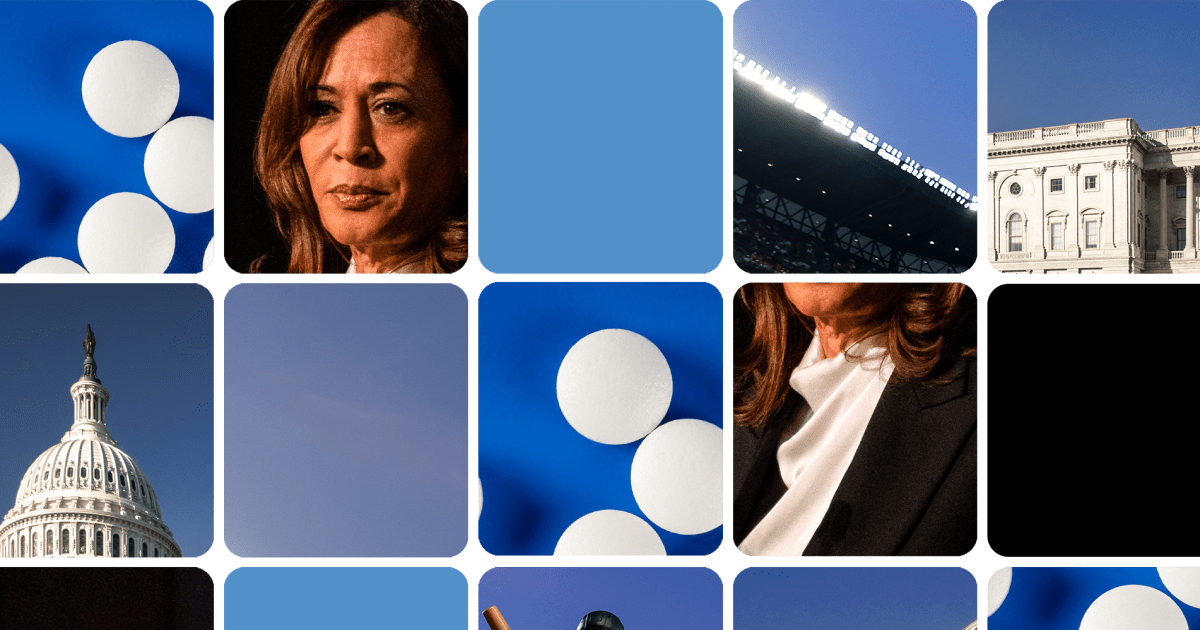
NORTH AMERICA
Written by Stylo News: AI-Powered, Multi-Source Global News

Images © their owners, publicly available, for informational purposes.
Map of Events
The events primarily take place across the United States, focusing on national economic conditions and political responses, with key locations including Washington D.C., Michigan, Virginia, Pennsylvania, and Wyoming.
Locations
Event Updates
Rising Economic Anxiety in the U.S. Under President Trump and Democratic Political Response
Executive Summary
Throughout 2025, the United States has experienced significant economic anxiety characterized by stubborn inflation, a slowing job market, and rising costs of essential goods such as food and electricity. President Donald Trump's administration has implemented sweeping tariffs, large tax cuts, and policies aimed at reshaping the economy, including promoting an AI boom and stock market gains. However, these measures have not alleviated inflation or job market concerns, with August 2025 data showing only 22,000 new jobs created and inflation rising to 2.9%, the highest since January. Democrats, having lost power in the 2024 elections partly due to economic dissatisfaction, see an opportunity to unify their fractured party by focusing on economic issues and criticizing Trump's unfulfilled promises to lower prices immediately. Polls indicate a decline in voter trust in Trump's economic management, with many Americans expressing concern over rising costs and economic uncertainty. Key Democratic figures emphasize holding Trump accountable for broken promises and advocating for policies that address middle and lower-middle-class struggles. Republicans remain hopeful that their legislative package, including the 'big, beautiful bill,' will eventually improve economic confidence and job growth, particularly among younger voters. The Federal Reserve's recent interest rate cut reflects concerns about the labor market, especially for marginalized groups. Overall, economic issues are shaping the political landscape ahead of the 2026 midterm elections, with both parties strategizing to address voter anxieties.
Situation
The economic situation in the U.S. has been marked by persistent inflation and a sluggish job market despite some positive indicators such as stock market gains and GDP growth. President Trump's administration has pursued aggressive tariffs and tax policies intended to stimulate manufacturing and economic growth, but manufacturing jobs declined by 12,000 in August 2025. The tariffs have increased costs for manufacturers, leading to automation and job reductions. The Federal Reserve cut interest rates by 0.2 percentage points in September 2025, citing risks to the labor market, especially for younger and minority workers. Polls reveal that 52% of voters believe the economy has worsened under Trump, with 67% disapproving of his handling of the cost of living. Democrats are leveraging these concerns to unify their party and campaign on economic issues, highlighting Trump's unfulfilled promises. Republicans emphasize the potential benefits of their legislative package and tax cuts but acknowledge the need for tangible economic improvements before the 2026 midterms. The debate over tariffs continues, with uncertainty surrounding a Supreme Court case that could overturn them, potentially causing market disruption. The political discourse is heavily influenced by these economic factors, with both parties seeking to sway voter confidence.
International Impact
While the economic challenges and political strategies discussed are primarily domestic to the United States, the tariffs and trade policies have international implications. Tariffs on imports affect global trade relations, supply chains, and manufacturing sectors worldwide. The uncertainty surrounding U.S. tariffs and trade agreements may influence international markets and foreign governments' trade strategies. Global investors and international partners are attentive to U.S. economic policies, as shifts can impact global economic stability. However, no direct statements from international leaders were noted in the sources regarding these developments.
Decision Maker Perspectives
President Donald Trump: Trump has promoted tariffs, tax cuts, and deregulation as means to revitalize the U.S. economy and manufacturing sector, claiming significant economic improvements and a 'Golden Age' of America, despite rising inflation and job market challenges.
Democratic Party Leaders: Democrats criticize Trump for broken promises on lowering prices and economic mismanagement, aiming to unify their party around economic issues to regain power in the 2026 midterms.
Federal Reserve Chair Jerome Powell: Powell justified the recent interest rate cut by highlighting labor market risks, particularly for marginalized groups, and noted economic activity driven by AI and corporate investment, while acknowledging policy challenges.
Republican Senators and Operatives: Republicans express confidence in their legislative package's potential to stimulate job growth and economic confidence but recognize the need for visible improvements to secure electoral success.
Source Perspectives
NBC News: Provides a detailed, balanced analysis of the economic conditions, political strategies, and polling data, highlighting both Democratic criticisms and Republican responses.
Fox News: Reports polling data indicating voter dissatisfaction with Trump's economic handling, reflecting a critical view of the administration's economic performance.
Economic Policy Institute: Offers a critical perspective on the labor market under Trump, especially regarding the impact on U.S.-born workers amid immigration and deportation policies.